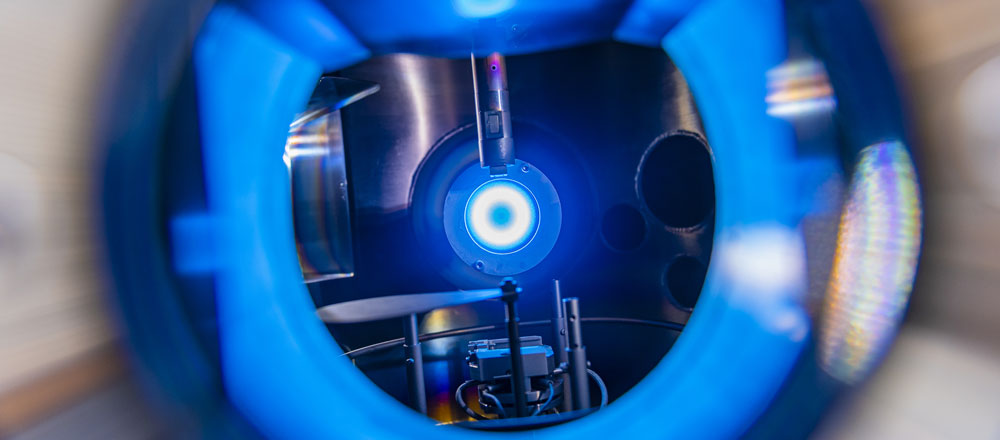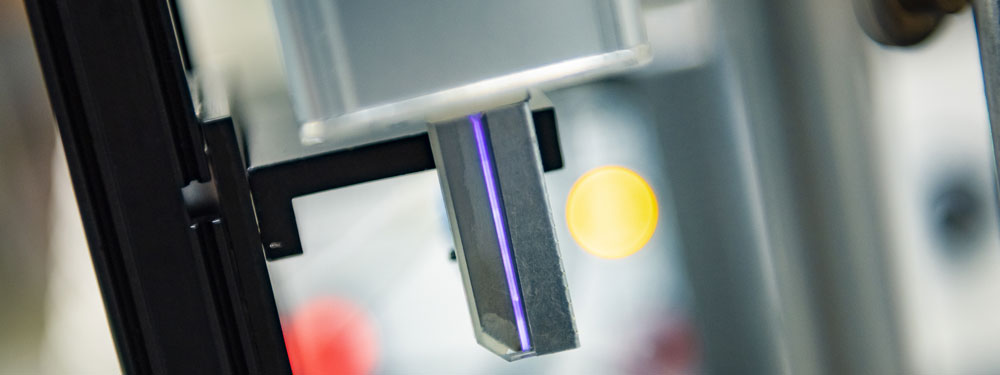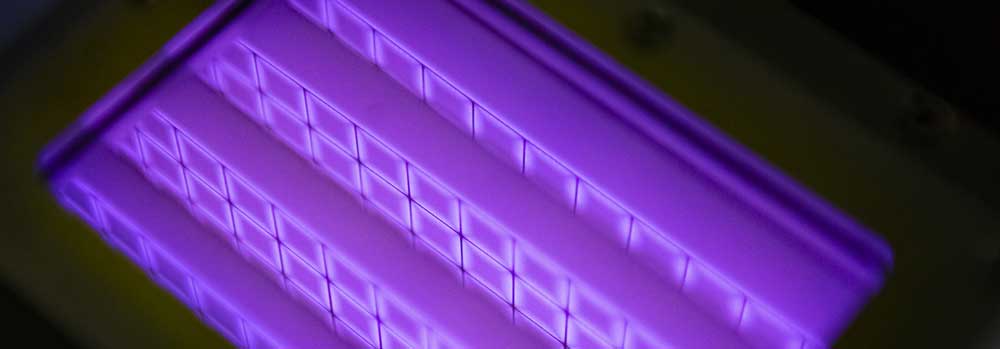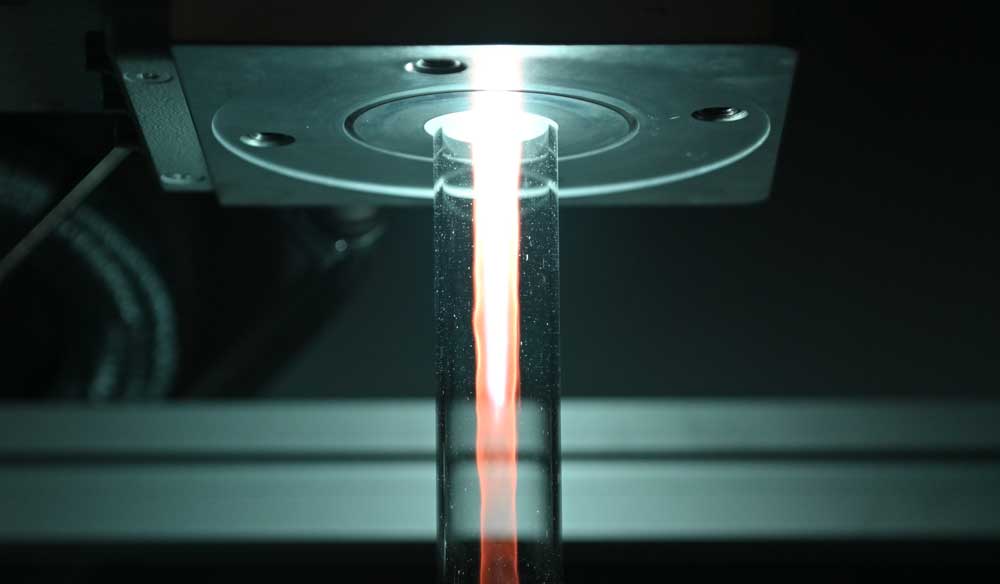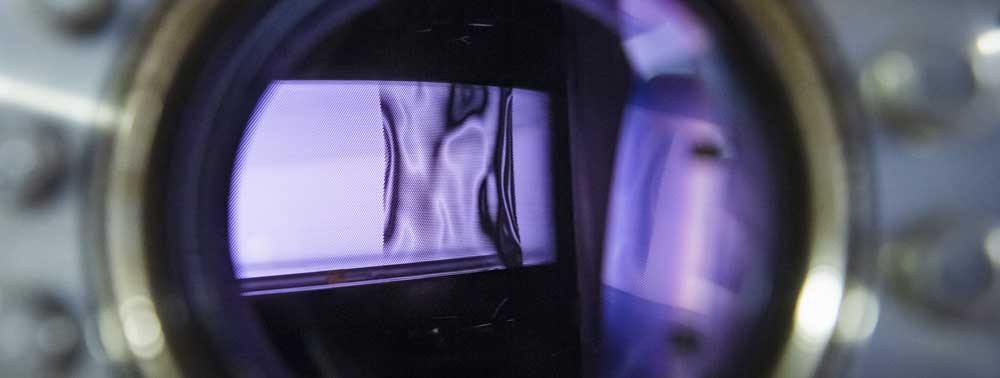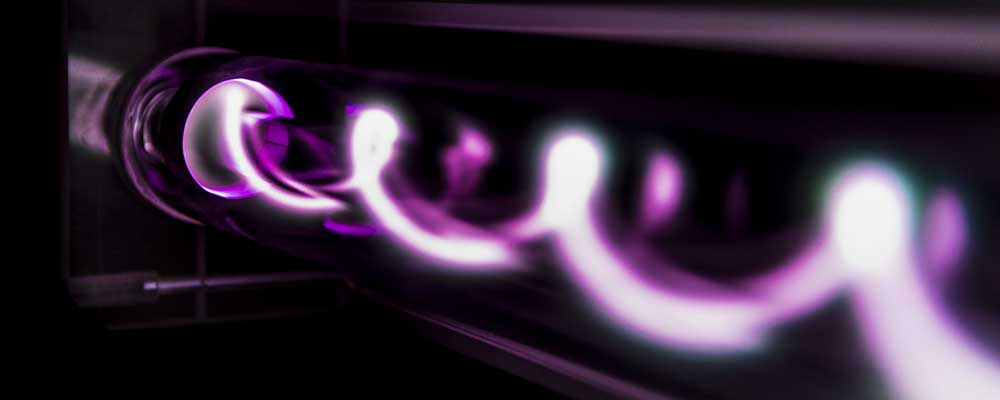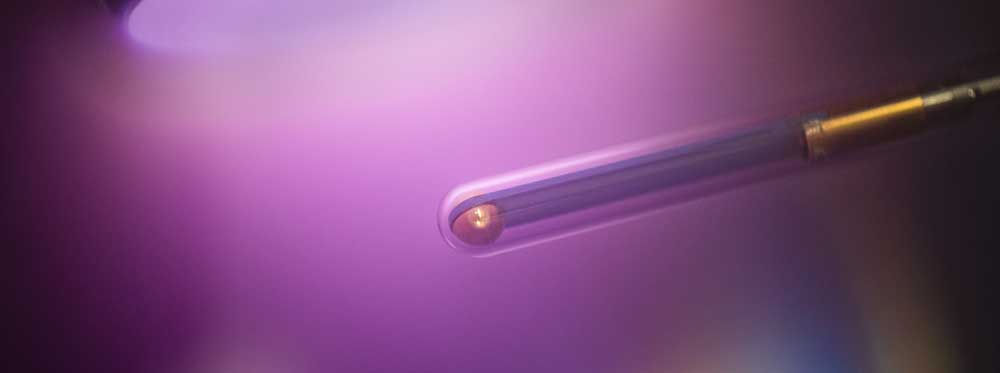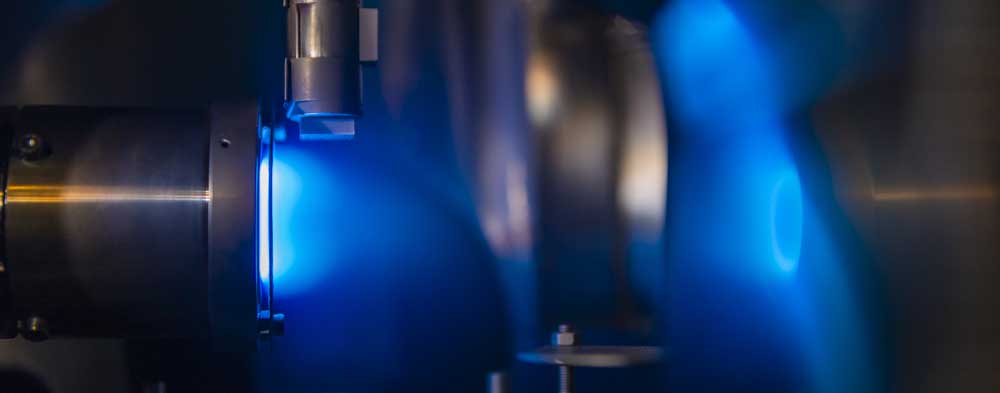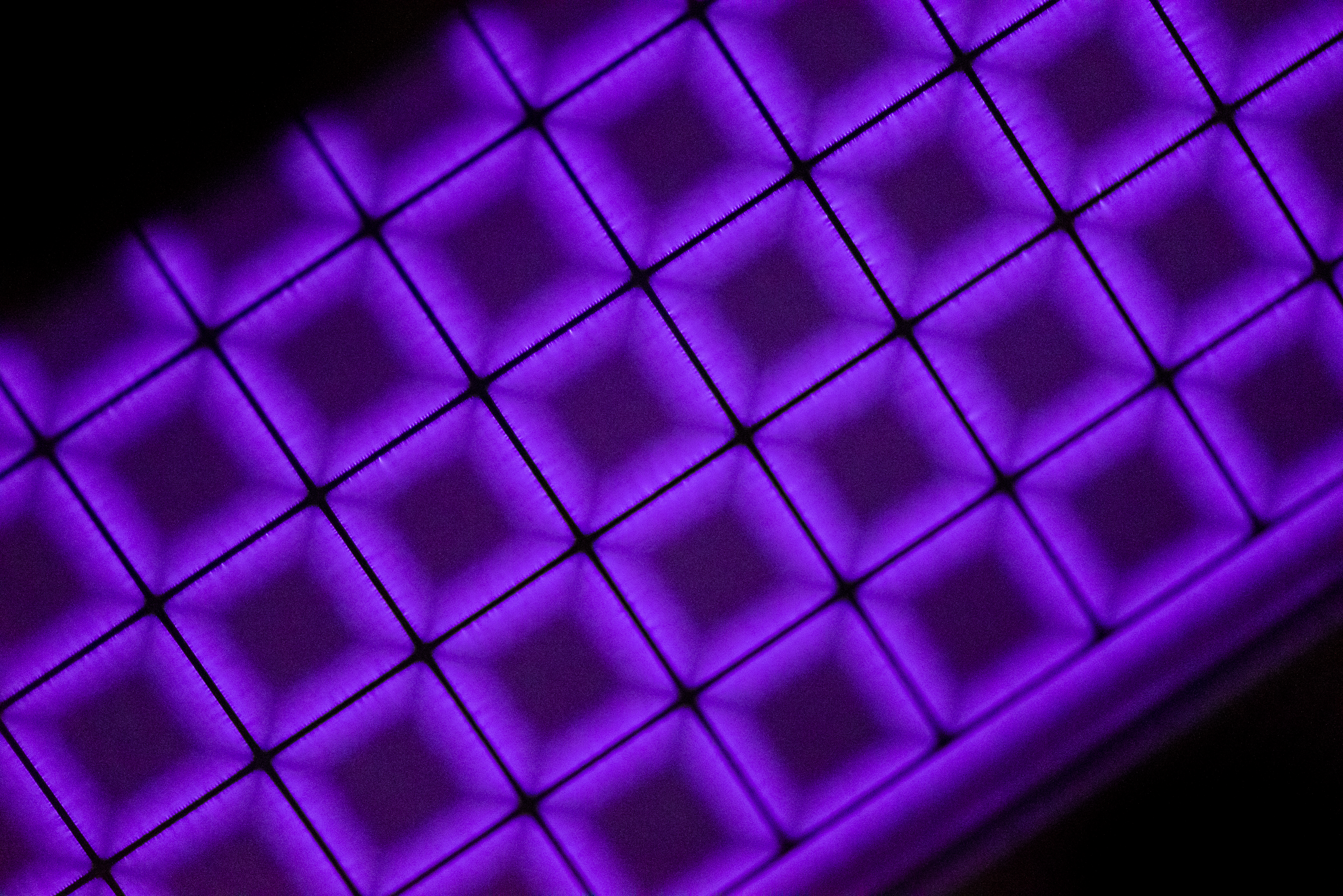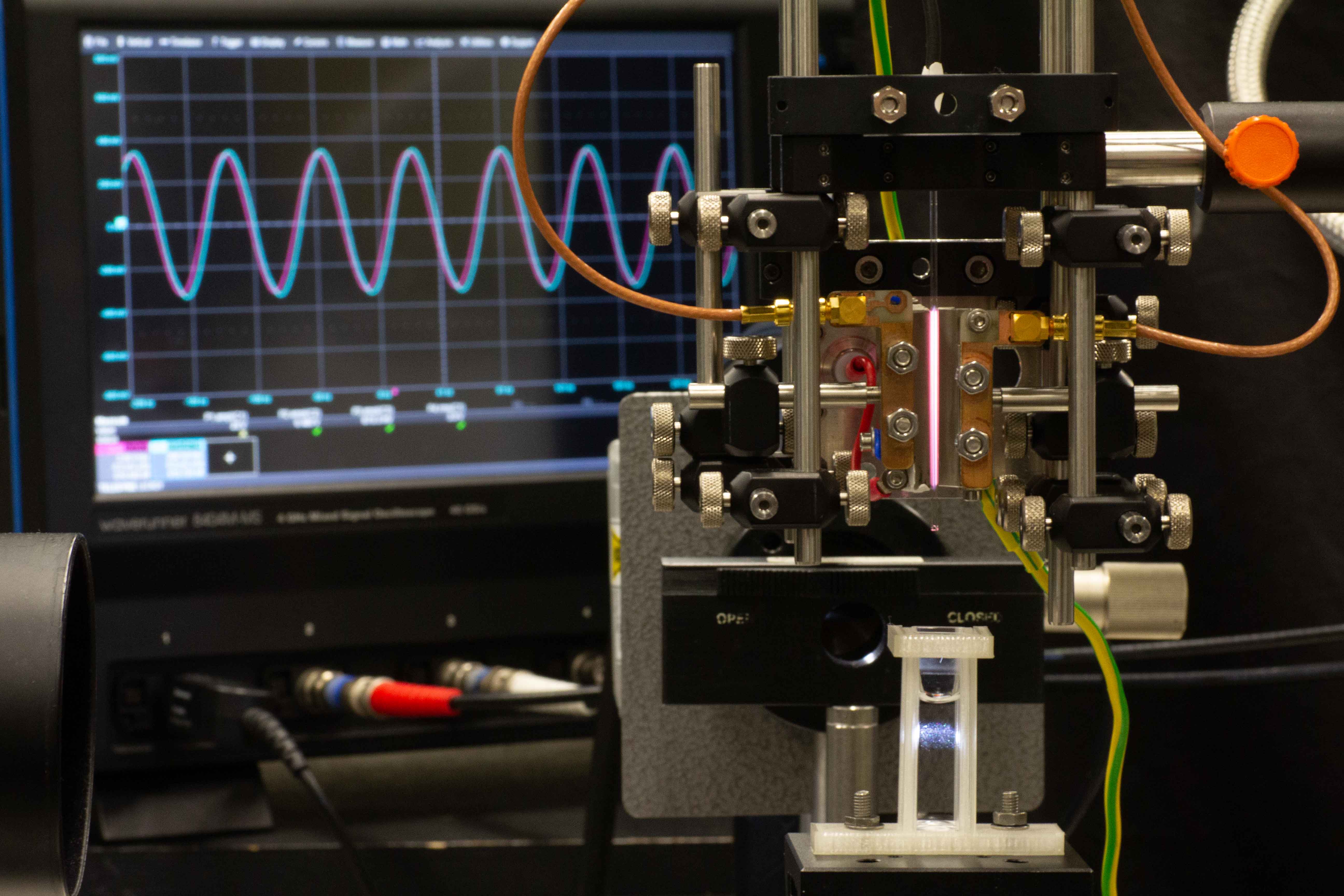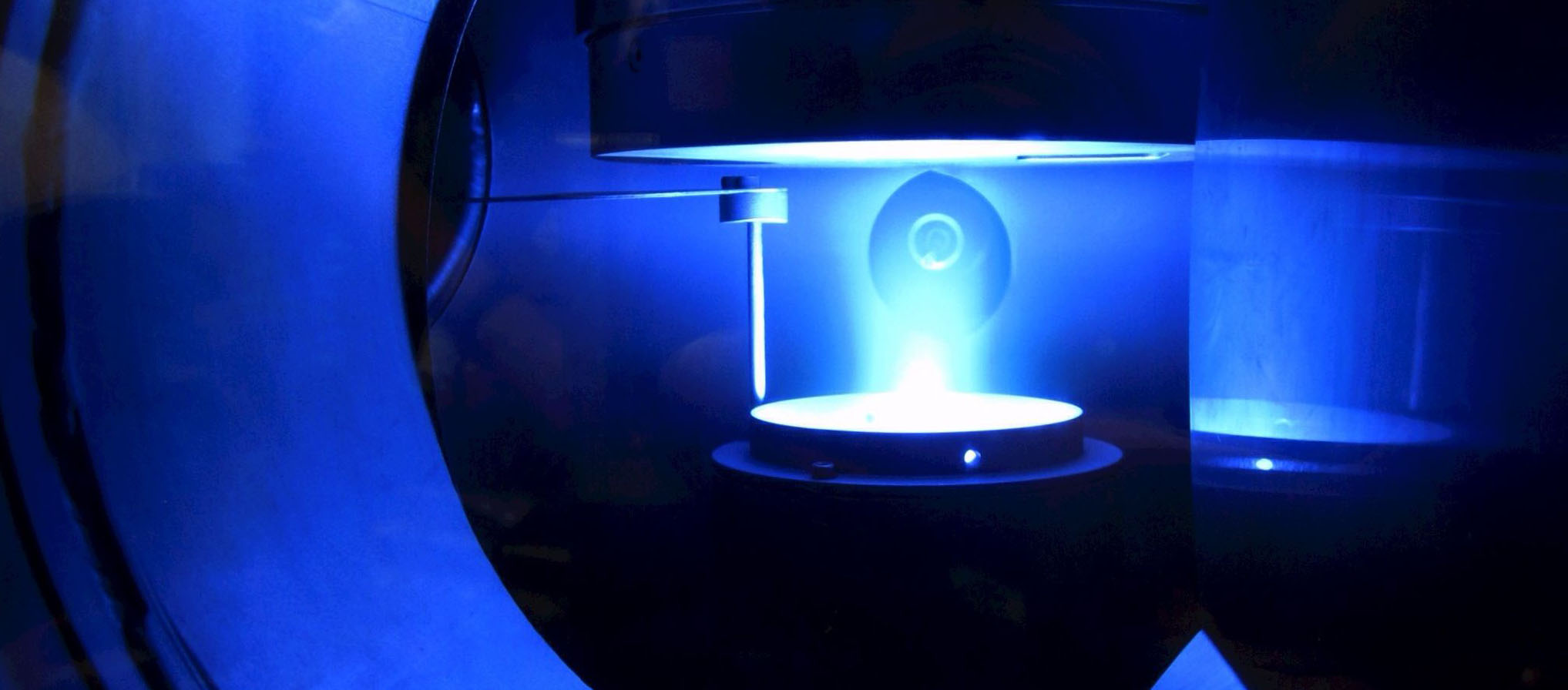EP5
PROF. DR. UWE KORTSHAGEN
On June 17, 2013, Prof. Dr. Uwe Kortshagen from the University of Minnesota, USA, will give a talk on "Silicon Quantum Dots: At the Intersect of Plasmas, Semiconductors, and Device Engineering" (Introduction: Prof. Dr. Uwe Czarnetzki). The talk will have been held at HNB starting at 12:15 pm as part of the Physics Colloquium. Interested parties are cordially invited!
Prof. Kortshagen is Distinguished McKnight University Professor and Department Head at the Department Mechanical Engineering and leads the.
ABSTRACT: Quantum confined nanocrystals, also called quantum dots, are attractive building blocks for opto-electronic devices owing to their size-dependent optical and electronic properties. While chalcogenide semiconductor quantum dots can conveniently be synthesized with liquid phase reactions, there are concerns about the abundance of their constituent elements and their toxicity.
Covalently bonded group IV semiconductors such as silicon are both abundant and nontoxic but require approaches that provide higher synthesis temperatures. Nonthermal plasmas have emerged as the synthesis route of choice for silicon and other group IV materials, since they provide high temperatures, narrow particle size distributions, and the ability to tailor the quantum dot surface properties with a great level of control.
This presentation will discuss the synthesis of quantum confined silicon nanocrystals with a capacitively coupled low-pressure plasma approach, which enables the production of macroscopic quantities of material with excellent control over quantum dot size and crystallinity. This synthesis scheme also enables one to selectively attach surface groups to the silicon quantum dots, which allow for optical quantum yields in photo- and electro-luminescence which are unprecedented for indirect bandgap semiconductors. Finally, the presentation will focus on how the efficient light emitting properties of silicon quantum dots can be utilized in highefficiency hybrid organic/nanocrystal light emitting devices.
This work was supported by the National Science Foundation (NSF) MRSEC Program under award number DMR-0819885, NSF award ECCS-0925624, and the Center for Advanced Solar Photophysics, a Department of Energy funded Energy Frontier Research Center.
